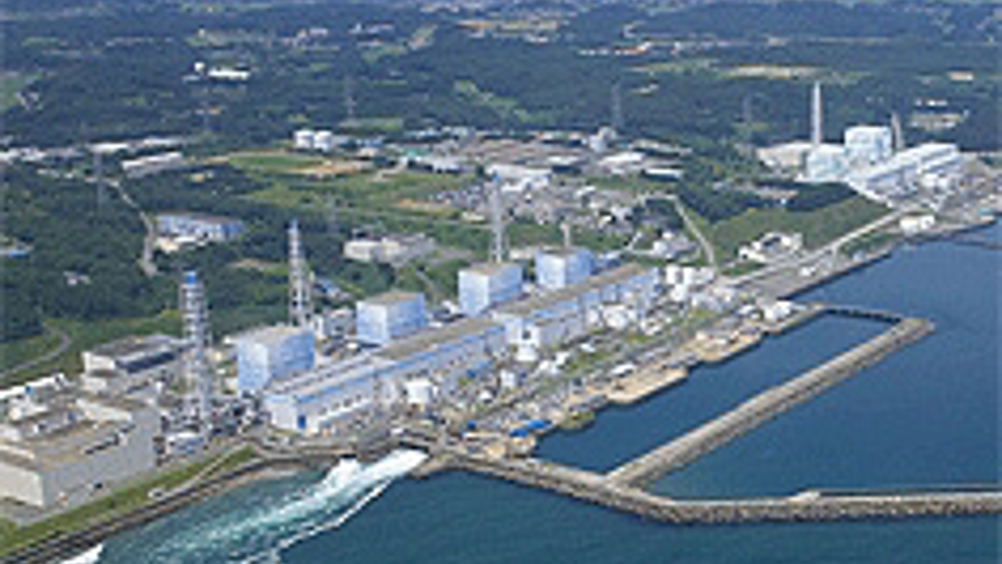Furnace slag can dilute and stabilise plutonium wastes
Engineers have developed a way to reduce the volume of some higher activity nuclear wastes, an advance that could reduce the cost of interim storage and final disposal.

The researchers, from Sheffield University’s Faculty of Engineering, have shown that mixing plutonium-contaminated waste with blast furnace slag and turning it into glass reduces its volume by 85-95 per cent. It also locks in the radioactive plutonium, creating a stable end product.
According to the university, this approach could also be applicable to treating large volume mixed wastes generated during the eventual clean-up of the damaged Fukushima plant.
‘The overall volume of plutonium contaminated wastes from operations and decommissioning in the UK could be upwards of 31,000 m3, enough to fill the clock tower of Big Ben seven times over,’ said lead researcher, Prof Neil Hyatt. ‘Our process would reduce this waste volume to fit neatly within the confines of just one Big Ben tower.’
The current treatment method for non-compactable plutonium contaminated wastes involves cement encapsulation, a process which typically increases the overall volume.
In a statement Prof Hyatt said, ‘If we can reduce the volume of waste that eventually needs to be stored and buried underground, we can reduce the costs considerably. At the same time, our process can stabilise the plutonium in a more corrosion resistant material, so this should improve the safety case and public acceptability of geological disposal.’
Register now to continue reading
Thanks for visiting The Engineer. You’ve now reached your monthly limit of news stories. Register for free to unlock unlimited access to all of our news coverage, as well as premium content including opinion, in-depth features and special reports.
Benefits of registering
-
In-depth insights and coverage of key emerging trends
-
Unrestricted access to special reports throughout the year
-
Daily technology news delivered straight to your inbox










Renewables Surge But Emissions Continue To Creep Up
"While power systems in many countries are on the cusp of – and in some cases have reached – decarbonisation" Only countries with good...